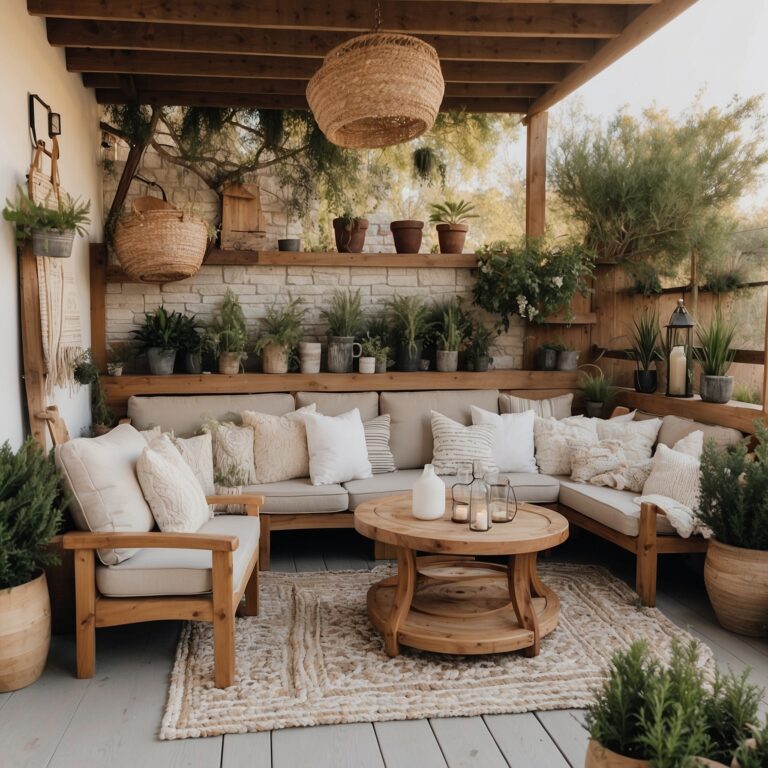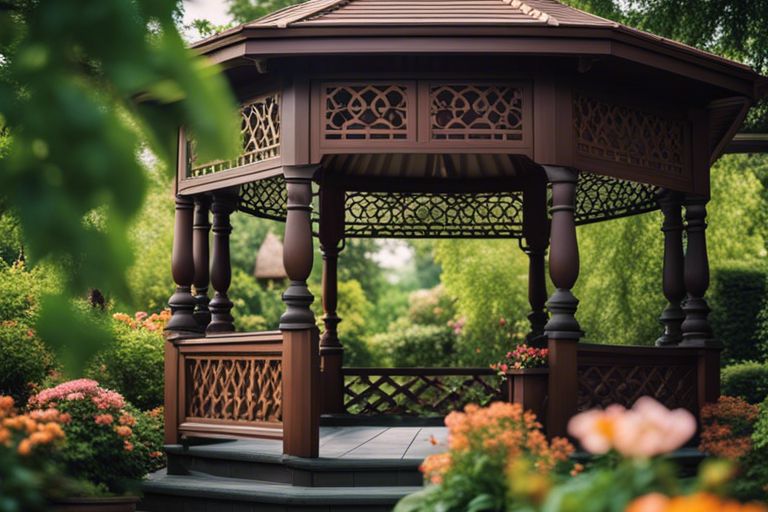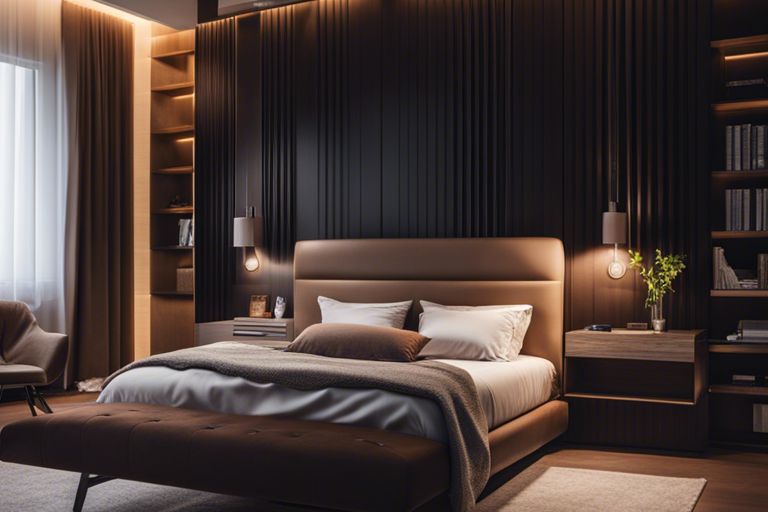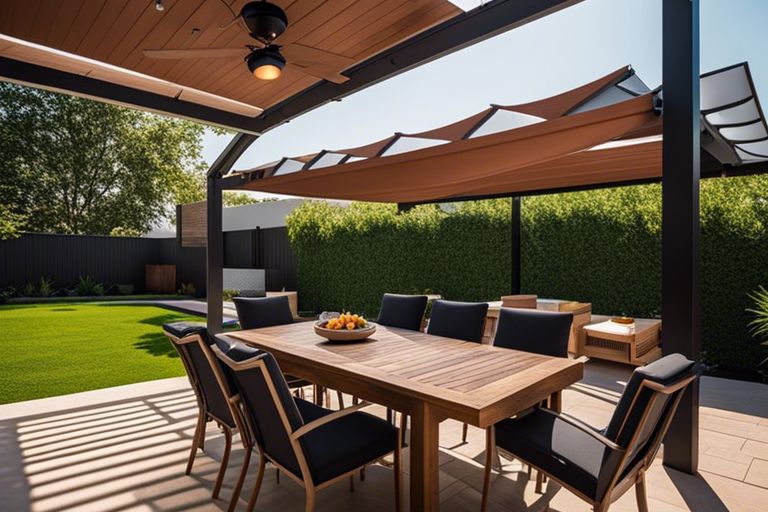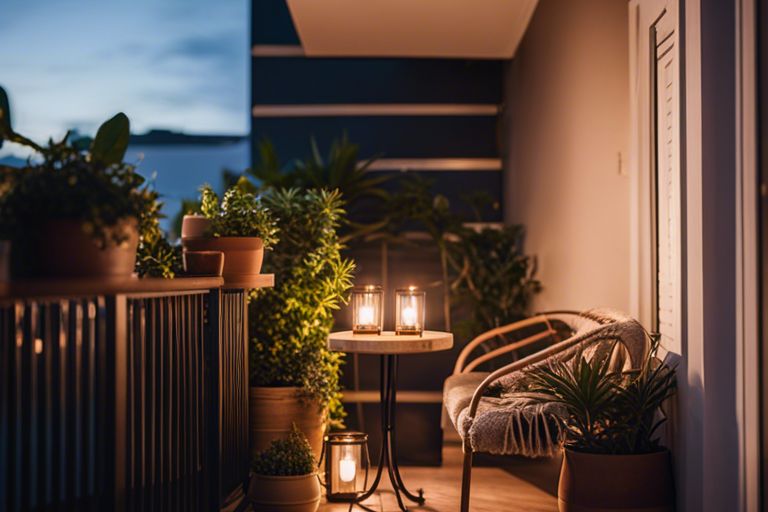80 Best Garden Layout Ideas for Every Size Garden
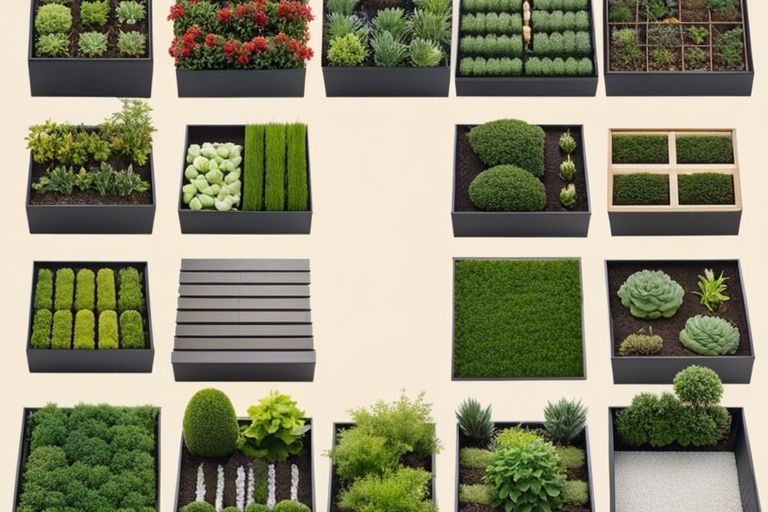
Ideas for arranging your garden come in all shapes and sizes! Whether you have a small balcony or a sprawling backyard, there are creative layouts to suit your space.
In this blog post, I will walk you through 80 of the best garden layout ideas to inspire you to transform your outdoor space into a botanical oasis.
From raised beds to vertical gardens, there’s something for every gardener to try their hand at. Let’s get digging!
Small Garden Layout Ideas
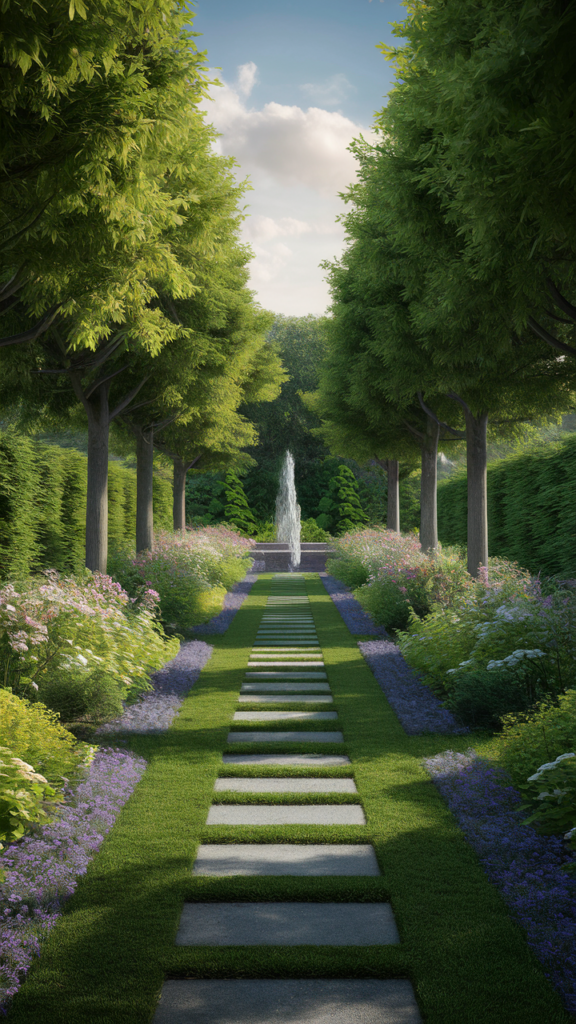
Maximizing Space in Tiny Yards
To make the most of a small garden, I suggest utilizing every inch of space. Consider vertical gardening with trellises or hanging planters to keep the ground clear for pathways or seating areas. Choose multi-functional furniture such as a bench with built-in storage for your gardening tools.
Creating a Sense of Depth with Layers
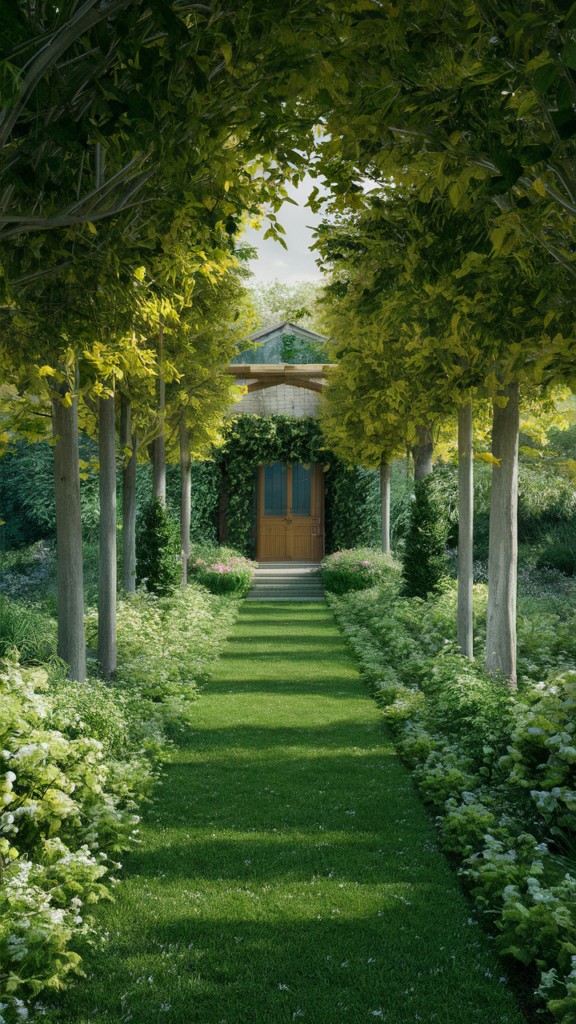
Layers are key in creating depth in a small garden. By using different heights of plants and incorporating various textures, you can add visual interest and make the space feel larger. Consider planting low-growing ground cover in the front, medium-height shrubs in the middle, and tall trees or trellises at the back.
Tiny gardens can still feel spacious with the right design techniques. Try incorporating winding pathways to lead the eye around the garden, adding mystery and intrigue. Use mirrors strategically to create the illusion of space by reflecting light and greenery.
Using Vertical Elements for Visual Interest
On a vertical plane, you can add a trellis with climbing plants or a living wall with succulents to draw the eye upward and make the most of limited space. Hanging baskets or wall-mounted planters also help to maximize growing areas without sacrificing floor space.
Another way to add vertical interest is by incorporating a pergola or arbor that not only provides a focal point but also offers support for climbing plants like roses or jasmine. These structures can define different areas within your small garden while adding a touch of charm and elegance.
Medium-Sized Garden Layout Ideas
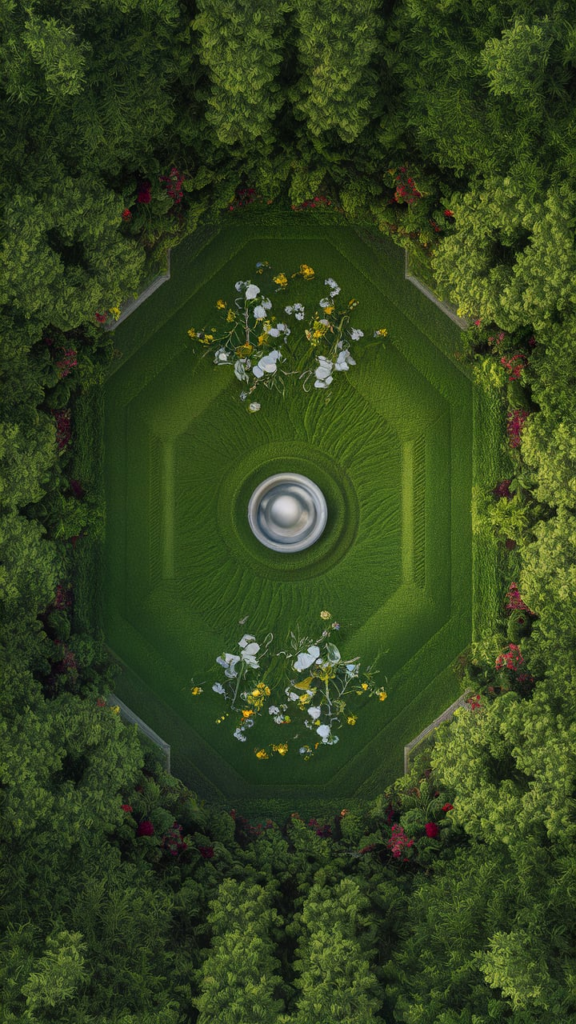
Designing a Functional Patio Area
Some important aspects to consider when designing a functional patio area in your medium-sized garden include the placement of seating areas, dining spaces, and entertainment zones. Creating different zones within your patio can help maximize its functionality and make the most of the space available.
Incorporating Pathways and Walkways
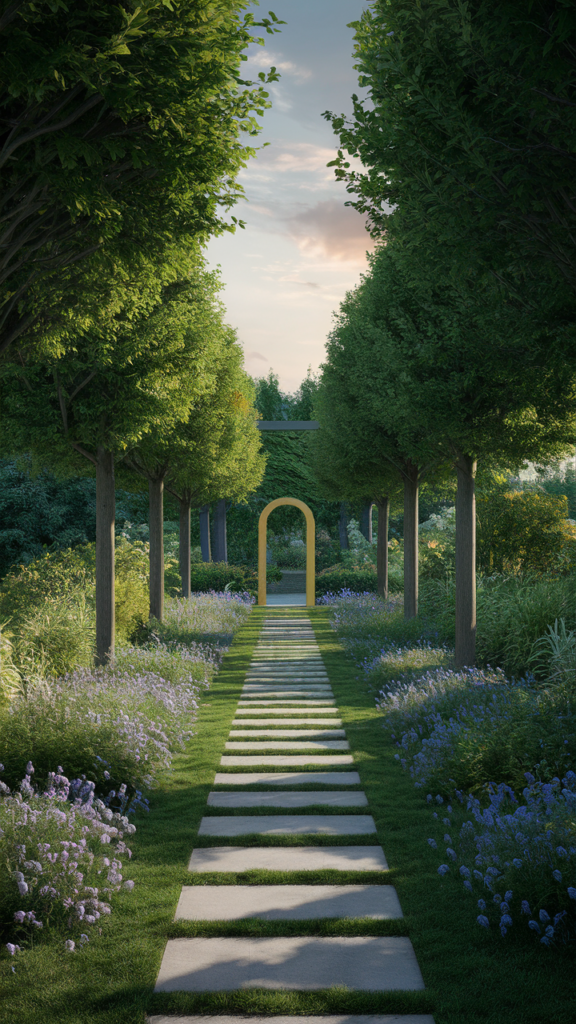
To enhance the flow and connectivity of your medium-sized garden, consider incorporating pathways and walkways. These not only add visual interest but also help guide visitors through the garden, creating a sense of exploration and discovery.
For instance, you can use materials like gravel, stepping stones, or pavers to create pathways that meander through your garden, leading to different focal points such as a cozy seating area or a vibrant flower bed. The key is to ensure that the pathways are wide enough for comfortable passage and blend harmoniously with the overall design of the garden.
Balancing Sun and Shade in Medium-Sized Gardens
Medium-sized gardens often have a mix of sun and shade areas, and it’s important to strike a balance between the two to create a harmonious outdoor space. Consider the orientation of your garden and the movement of the sun throughout the day to determine where the sunniest and shadiest spots are located.
Gardens with a good balance of sun and shade can accommodate a variety of plants, allowing you to create diverse planting beds and create different microclimates within your garden. You can also use structures like pergolas, umbrellas, or shade sails to provide shade in sunny areas and create comfortable outdoor living spaces.
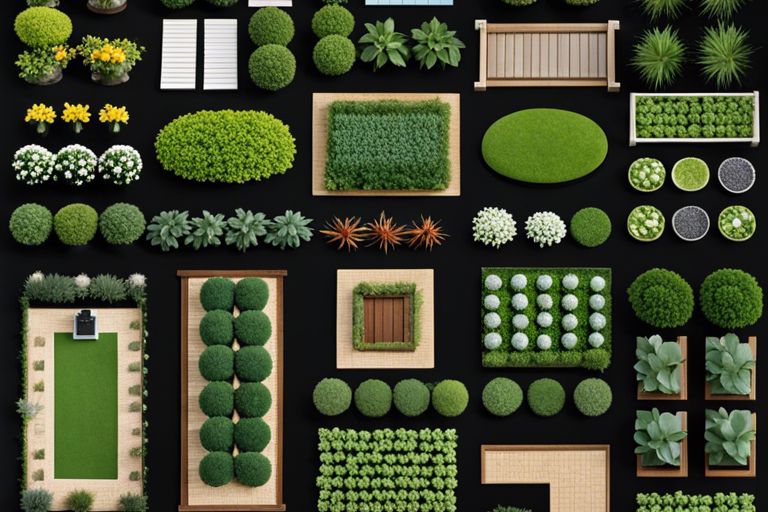
Large Garden Layout Ideas
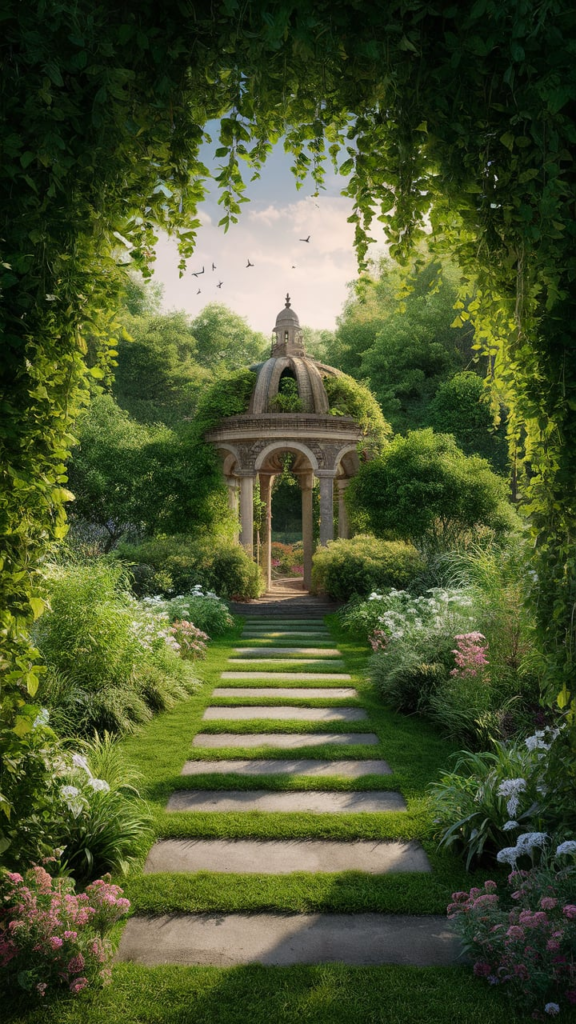
Creating a Focal Point with a Statement Piece
Keep in mind that in a large garden, it’s important to create focal points to draw the eye and create interest. One way to achieve this is by incorporating a statement piece, such as a large sculpture, fountain, or pergola. These elements not only add visual appeal but also define different areas within your garden.
Designing a Garden Room or Outdoor Living Space
Ideas for designing a garden room or outdoor living space in a large garden include creating separate zones for dining, lounging, and entertaining. You can use pergolas, arbors, or even tall hedges to define these areas and create a sense of intimacy. Adding comfortable furniture, outdoor rugs, and lighting can further enhance the ambiance and make your outdoor space feel like an extension of your home.
Using Hardscaping to Define Different Areas
Layout is key when using hardscaping to define different areas in a large garden. By strategically placing paths, walls, or trellises, you can create distinct spaces for activities such as dining, gardening, or relaxation. Consider using materials that complement your overall garden design, such as natural stone for a rustic look or sleek concrete for a modern feel.
Designing a garden room or outdoor living space in a large garden allows you to create a cohesive and functional outdoor area that is perfect for entertaining or relaxing. You can include features like outdoor kitchens, fire pits, or water features to enhance the experience and make your garden a true extension of your living space. By carefully planning the layout and incorporating hardscaping elements, you can create a beautiful and practical outdoor oasis that you can enjoy year-round.
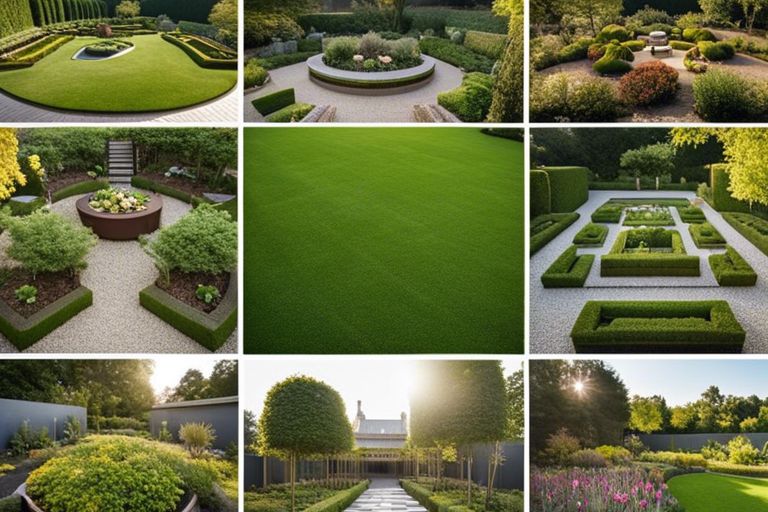
Themed Garden Layout Ideas
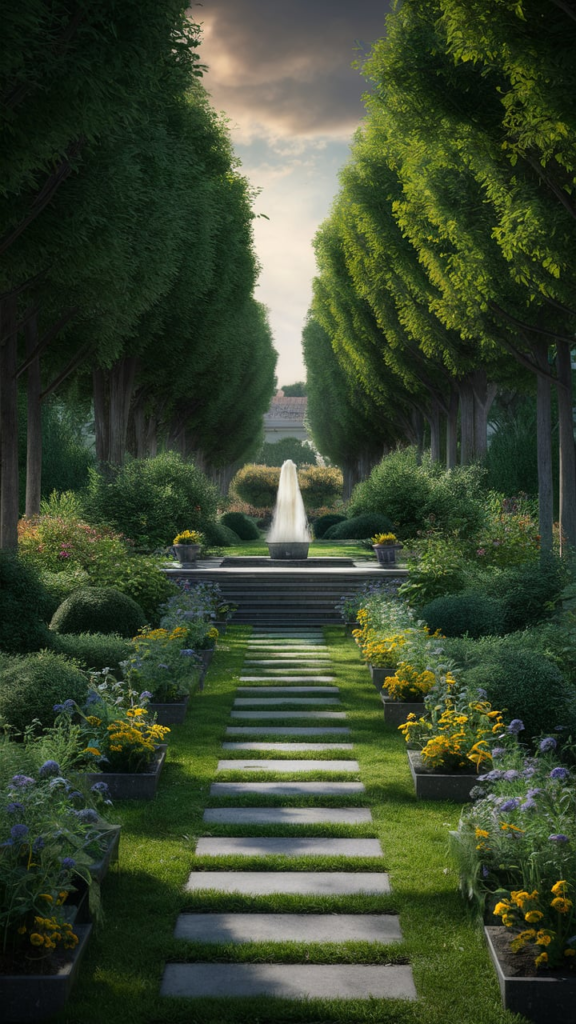
Creating a Whimsical Fairy Garden
Now, let’s probe into the enchanting world of fairy gardens. These miniature landscapes filled with tiny houses, whimsical decorations, and delicate plants can add a touch of magic to your garden. To create your own fairy garden, start by selecting a charming container or a secluded corner in your garden. Add small plants like moss, miniature ferns, and tiny flowers, along with fairy accessories like tiny benches, miniature houses, and tiny bridges to complete the magical look.
Designing a Modern and Sleek Garden
To achieve a modern and sleek garden design, focus on clean lines, minimalism, and contemporary elements. Incorporate geometric shapes, concrete planters, and metal accents for a sophisticated look. Consider using a monochromatic color scheme with pops of vibrant colors to create a visually striking garden that exudes elegance.
This modern garden style is perfect for those who appreciate simplicity and a minimalist aesthetic in their outdoor space. By using sleek furniture, architectural plants, and strategic lighting, you can create a chic and stylish garden that is both functional and visually appealing.
Building a Rustic and Cozy Garden
Modern meets rustic in this cozy garden design that combines natural materials, vintage-inspired decor, and lush greenery. To create a rustic and cozy garden, focus on incorporating elements like weathered wood, antique furniture, and wildflowers. Add cozy touches like outdoor rugs, throw blankets, and lanterns to create a warm and inviting atmosphere.
Whimsical and rustic elements come together in this garden style to create a charming and inviting outdoor space. By blending natural textures, vintage finds, and cozy accents, you can design a garden that feels like a serene retreat in the midst of nature.
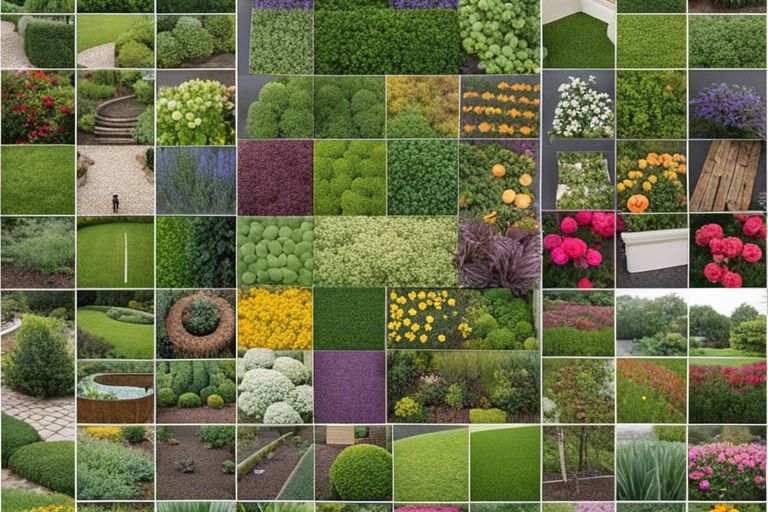
Garden Layout Ideas for Specific Climates
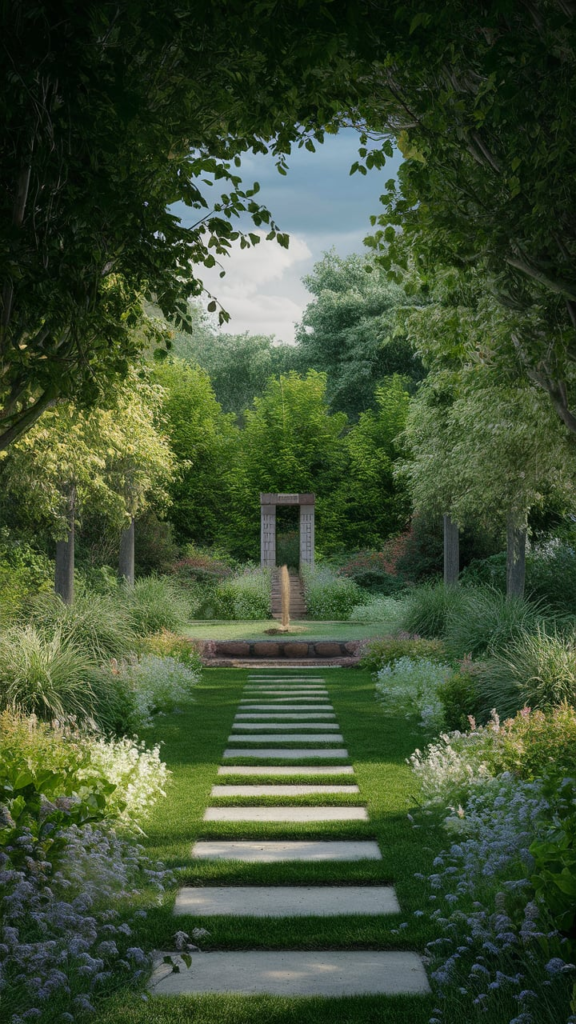
Gardening in Hot and Dry Climates
Many gardeners face the challenge of gardening in hot and dry climates. With the scorching sun and lack of rainfall, it’s important to choose plants that are drought-resistant and can thrive in these conditions. Consider incorporating succulents, cacti, and native plants that are accustomed to the arid environment. Implementing mulch and drip irrigation systems can also help conserve water and keep your garden flourishing.
Designing for Cool and Wet Climates
With cool and wet climates, you have the opportunity to create a lush and vibrant garden. Consider incorporating shade-loving plants like ferns, hostas, and hydrangeas that thrive in moisture-rich soil. Designing your garden with pathways and raised beds can help improve drainage and prevent waterlogging. Additionally, adding a rain garden or a water feature can enhance the beauty of your garden while helping manage excess water.
Another key aspect to consider in cool and wet climates is plant selection. Opt for plants that are resilient to the damp conditions and frequent rainfall. Good drainage is imperative to prevent root rot and other issues that can arise from excessive moisture. Consider incorporating a mix of evergreen and deciduous plants to add year-round interest to your garden.
Creating a Garden for Coastal Areas
Ideas for creating a garden in coastal areas involve taking into account the salty air and windy conditions. Choose salt-tolerant plants like beach grass, lavender, and seaside goldenrod that can withstand the harsh coastal environment. Incorporating windbreaks like fences, hedges, or trellises can help protect your garden from strong coastal winds. Additionally, using raised beds and amending the soil with organic matter can improve drainage and fertility in sandy coastal soil.
Gardening in a coastal area provides the opportunity to create a unique and picturesque garden that complements the natural surroundings. By selecting the right plants and incorporating design elements that address the challenges of coastal living, you can create a beautiful and thriving garden that withstands the elements.
Garden Layout Ideas for Specific Needs
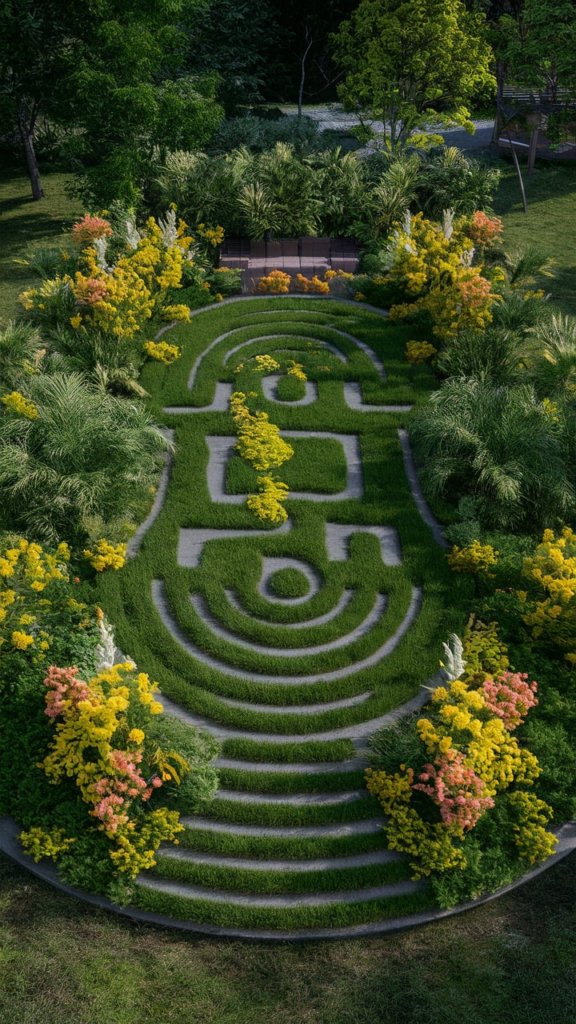
Designing a Garden for Families with Kids
All families with kids need a garden that caters to their specific needs. When designing a garden for families, you want to create a space that is safe, fun, and educational for children. Incorporate features like a play area, kid-friendly plants, and perhaps even a small vegetable garden to teach them about growing their own food.
Creating a Low-Maintenance Garden
The key to creating a low-maintenance garden is to choose plants that require minimal care and attention. Opt for perennial plants that come back year after year, mulch to suppress weeds, and consider installing a drip irrigation system to water your plants efficiently.
For instance, you can also use raised beds to reduce bending and kneeling for those with mobility issues, and choose easy-care shrubs that require little pruning.
Building a Garden for Seniors or People with Disabilities
Building a garden for seniors or people with disabilities requires thoughtful planning to ensure accessibility and ease of use. Consider incorporating raised garden beds, wide pathways for wheelchair access, and elevated containers for those who may have trouble bending down.
With these considerations in mind, you can create a beautiful and functional garden that brings joy and relaxation to everyone who uses it.
Summing up
Hence, after exploring these 80 best garden layout ideas for every size garden, I hope you feel inspired to create your own beautiful outdoor retreat. From small balconies to spacious backyards, there are endless possibilities to design a space that reflects your personality and style. Remember to mix and match elements to suit your needs, and don’t forget to add a touch of greenery to bring life into your garden oasis. Happy gardening!

